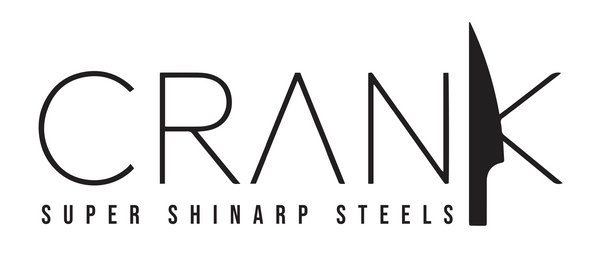
At first glance, the Achugao Hunting Knife is a rugged tool — a hefty, full tang outdoor blade ready for the demands of hunting, camping, and island life. But look closer… and you’ll see something deeper etched into its steel: the story of our ancestors.
For me, this knife is about more than sharp edges and durable steel. It’s about connecting to our Chamorro roots — honoring the craftsmanship, identity, and resilience of those who came before us. And that story starts with pottery.
The Ancient Art of Chamorro Pottery
Pottery is one of the oldest art forms in the Mariana Islands. Some of the earliest pieces date back over 3,000 years, placing them among the first expressions of human creativity in our islands.
Chamorro pottery evolved through distinct periods, but one of the most fascinating is the Pre-Latte Period, especially pottery discovered at sites like Achugao in Saipan.
Archaeological studies (including those by Dr. Brian Butler and others) have uncovered complex pottery designs from Achugao, marked by:
✅ Bold, geometric linework
✅ Enclosed spaces, often filled with lime for contrast
✅ Dots and rhythm patterns
✅ Careful craftsmanship done entirely by hand — no potter’s wheel
These patterns weren’t just decorative. They carried cultural meaning. Pots were used for cooking, serving, and ceremony — often at the center of community life. The patterns reflected identity, storytelling, and a connection to land and sea.
Why Pottery Patterns on a Hunting Knife?
Now, you might wonder — why take a pattern from ancient pottery and put it on a modern blade?
Here’s why:
Pottery was an everyday tool of survival — just like a good hunting knife today.
When our ancestors made pottery, they weren’t just making art — they were crafting tools that fed their families, held water, stored food, and brought the community together.
That’s the same spirit I wanted to capture in this knife. When you take this blade into the jungle, you’re carrying a continuation of that survival story — now in a form we can use today.
The Achugao Design
The Achugao design on this knife is drawn directly from Pre-Latte Period pottery uncovered in Saipan.
- These patterns were carved ONLY into pottery — never onto stone tools or weapons.
- The fact that this style is now etched onto steel is a deliberate way to honor those designs in a new generation of tools.
- It’s about preserving and sharing — not copying, but celebrating.
I see this knife as a bridge: from ancient cooking pots to today’s outdoor adventures.
A Living Culture, Not a Dead History
One of my biggest passions is keeping our culture alive and evolving.
History isn’t something stuck in museums — it’s something we live every day. When you use this knife in the jungle, you’re honoring the same spirit our ancestors had when they carved their patterns into clay thousands of years ago.
Tools of survival. Tools of identity. Tools of pride.
That’s what this blade represents.
Final Thoughts
The Achugao Hunting Knife isn’t just a piece of gear — it’s a tribute to Chamorro craftsmanship and island resilience.
Next time you head out on a hunt or camp trip, remember — you’re carrying more than a knife. You’re carrying a story that began long before us… and will continue long after.
Si Yu’us Ma’åse’ for being part of this journey — and for helping me celebrate our culture through every blade we make.
— Frank “The Crank” Camacho




